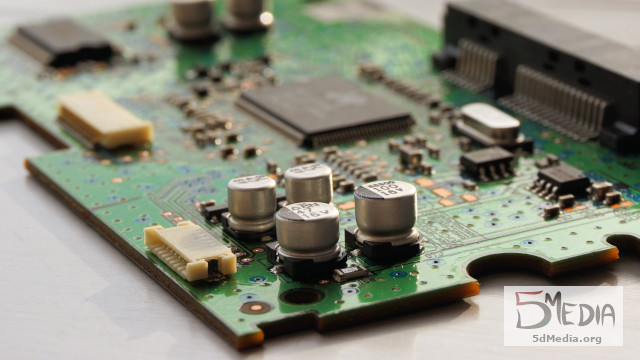Computers have been around for a long time. The first computers were created in the early 1800s, and they were very different from the computers we use today.
Early computers were called mechanical calculators. They were large, expensive, and difficult to use. They were used mainly by scientists and mathematicians.
In 1876, Charles Babbage designed a machine called the Analytical Engine, which was the first true computer. However, the machine was never completed.
In 1937, John Atanasoff and Clifford Berry developed the first electronic computer, called the Atanasoff-Berry Computer (ABC). However, this machine was not actually built until 1973.
In 1941, Konrad Zuse designed and built the first programmable computer. This machine was called the Z3.
In 1945, John von Neumann designed the first stored-program computer, called the EDVAC. This machine was able to store instructions and data in its memory.
In 1948, William Shockley invented the transistor, which is a small device that can be used to amplify electrical signals. This invention made it possible to create smaller and more powerful computers.
In 1969, Intel released the first microprocessor, which is a small chip that contains all of the basic functions of a computer. This invention made it possible to create even smaller and more powerful computers.
Today, most computers are based on microprocessors. They are smaller than ever before, and they can do amazing things.

